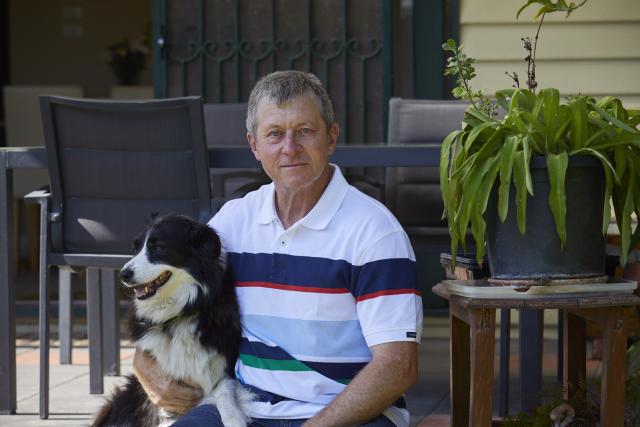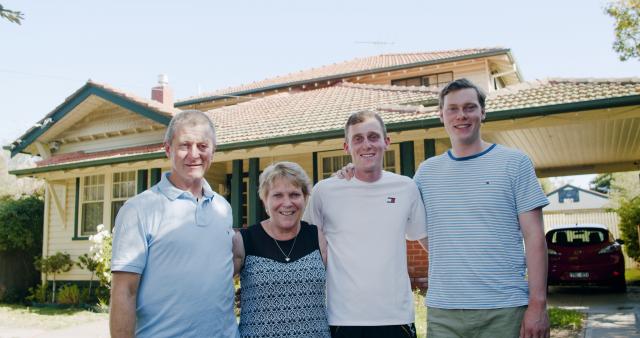
A fundraising appeal has started for a key element for a purpose-built stroke amblance in the South East.
Stroke Foundation is seeking to raise $100,000 for a CT brain scanner as part of the vehicle.
The State Government committed $12 million in the 2022 State Budget towards the Mobile Stroke Unit, which will be the second in the state.
It will be staffed by a neuorologist, nurse, radiographer and two paramedics.
The brain scanner would allow for a diagnosis of a stroke and treatment to being in the field rather than waiting vital minutes to arrive at hospital.
Launched in 2017, the initial Mobile Stroke Unit has assessed more than 2800 patients.
Among them was Chadstone stroke survivor Warren Wheatley, who was found on the floor at home by his son Arron.
“I began to bang feebly on the wall of the bathroom. I was on the floor and could just raise my hand,” Mr Wheatley said.
Arron suspected a stroke and called for an ambulance straightaway.
The Mobile Stroke Unit’s on-board CT scanner found a clot, and he was given clot-busting drugs immediately.
“Right there, in front of the house, I was given life-saving treatment. It was incredible.”
After the stroke, Mr Wheatley was paralysed on his left side, could not lift a spoon to his mouth, and experienced incontinence but in nine weeks, he was back on his feet.
“With the world-class treatment that I received in such a quick timeframe, I was able to recover well.
“Four years later, my life is 95 per cent back to what it was. The highlight was that I was able to walk my daughter down the aisle at her wedding.”
Stroke Foundation interim chief executive officer Lisa Murphy says the speed of treatment was crucial for Mr Wheatley’s recovery.
“When a stroke strikes, it attacks up to 1.9 million brain cells a minute so it’s critical to act fast and get emergency treatment as quickly as possible.
“The stroke ambulance does exactly that and, as a result, saves lives and improves outcomes for patients.”
Another crucial factor is recognizing stroke symptoms and immediately calling an ambulance.
The three most common signs are summed up by the FAST acronym – Facial droop, Arms unable to be lifted, Speech slurred plus Time being critical, to call an ambulance immediately.
Stroke Foundation is calling on the Victorian Government to invest $250,000 per annum for four years to deliver a FAST community education campaign.








